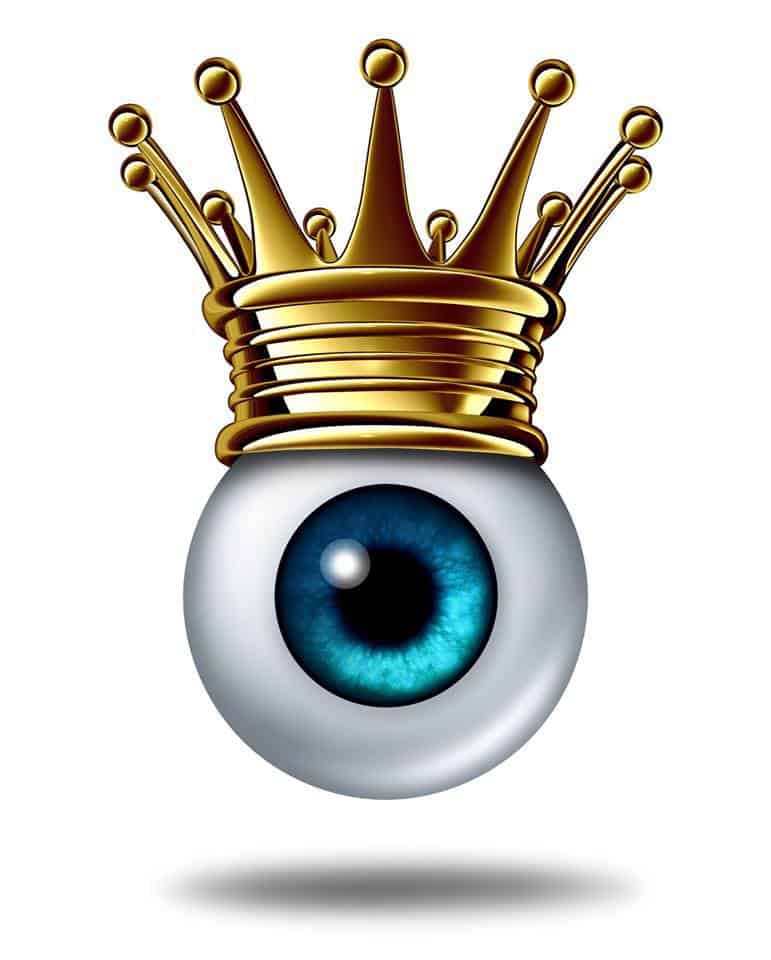Dear Doc:
I was told that 20/20 means perfect vision yet my doctor says that I may need glasses.
How can that be? What does 20/20 really mean?
The term 20/20 relates to the resolving power of the eye. Now an eye resolving power is really, it is sharpness of sight and this can be defined as the ability to distinguish points from each other and not see them as just one point. This occurs in the fovea of the retina.
If your vision is 20/20, all it means is that you can see at 20 feet what the (so called normal) person can see at 20 feet. That means that one’s eyes can distinguish one point from another in a specific line of characters on a standard eye chart placed about 20 feet away.
People may have 20/20 vision but because they are moderately far sighted or have moderate astigmatism, they may still need glasses. The amount of strain on their eyes is not taken into account. This applies especially to people who use computers excessively and people who have a lot of near reading tasks.
20/20 vision does not have to mean that your eyesight is perfect. It could mean different things to different people. It could be likened to two people who run a 100 meter race. They both cross the finish line, however one does it with ease barely breaking a sweat (like Usain Bolt) and the other crosses the line huffing and puffing, totally out of breath. Get the point?
Now the standard eye chart is called a snellen chart and if your vision is let’s say 20/40 it means that you can see at 20 feet what the normal eye can see at 40 feet and it also means that you have to be closer to the object than normal. If you have 20/100 vision then you must be at 20 feet to see what the normal eye can see clearly at 100 feet away. So the larger the bottom number is, the poorer is your resolving power.
This we also call your visual acuity and it can be measured for distance and near vision. So now you know that 20/20 is something like a grading or a scaling of eyesight. Sometimes it does not give you the full picture, because it does not take the strain on your eyes into account. If you have 20/20 vision in both eyes, yet you still suffer from strain and headaches, it may be time to check your eye doctor.
“REMEMBER TO KEEP AN EYE ON YOUR EYES”
- 10 SIGNS YOU NEED AN EYE EXAM - May 20, 2018
- WORLD GLAUCOMA WEEK - March 11, 2018
- The Importance OfEye Exams - February 5, 2018

Recent Comments